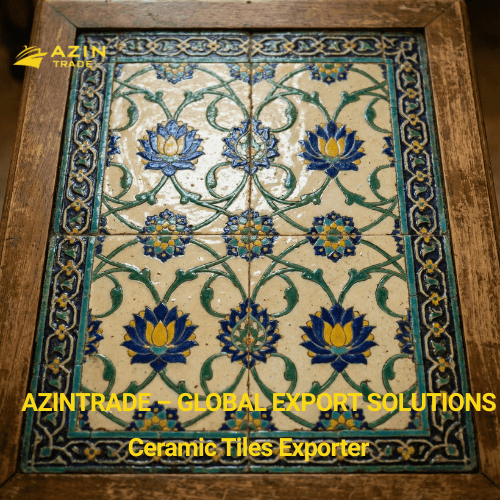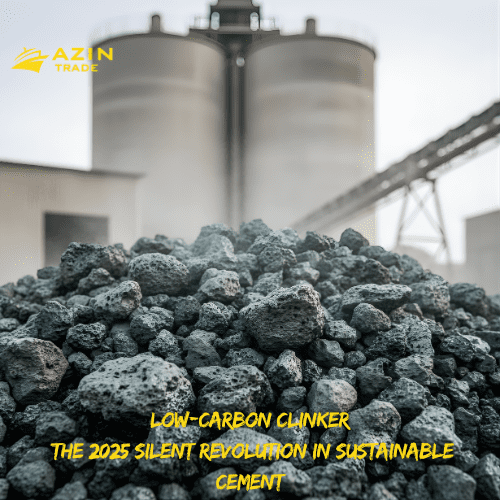Cement Industry in Iran: A Promising Start for 2024
As 2024 unfolds, Iran's cement sector is experiencing a robust beginning, buoyed by significant infrastructure projects and a dynamic export market. This momentum reflects the country's strong position in the global construction materials industry, despite facing some economic hurdles.
The Iranian calendar year, spanning from March 20, 2024, to March 20, 2025, is set with a substantial budget of IRR3000 trillion (approximately US$70.67 billion) allocated for various development projects. This financial commitment is expected to invigorate the sector, fostering growth and stability in cement production and consumption.
However, the industry faces potential challenges from geopolitical and economic developments. Ongoing difficulties in China and Russia—key sources of foreign investment—could impact the stability of long-standing projects and possibly restrict new investments in Iran's construction sector. For instance, Russia had planned to invest 250-280 billion rubles (US$2.72-3.05 billion) in Iran’s North-South Corridor, a crucial railway route connecting Russia to the Indian Ocean. Despite these ambitions, economic sanctions and domestic financial issues may continue to pose risks to project stability and further investments.
On a more positive note, the Iranian rial's depreciation and the strong economic performance of key export markets like India and Kazakhstan are expected to support Iran's cement exports in 2024. According to the World Bank, India's GDP is projected to grow by 7.5 percent, while Kazakhstan is expected to see a 4.3 percent increase. These growing markets offer promising opportunities for Iranian exporters.

In the first nine months of the previous Iranian calendar year (March 21 to November 21, 2023), Iran exported approximately 10.5 million tons of cement to 25 countries, including Iraq, Kuwait, Afghanistan, Pakistan, and Syria. This strong performance underscores Iran's significant role in the global cement trade. Moreover, Iran's production capacity is anticipated to expand by an additional 8.8 million tons annually due to the completion of 13 ongoing projects. This growth will further boost the current capacities of about 104 million tons of cement and 95 million tons of clinker.
The export landscape for Iran’s cement clinkers reveals notable trends. Kuwait remains a major destination, accounting for $436 million in exports. Other significant markets include India, with $7.84 million worth of clinker exports, Armenia at $2.29 million, Qatar with $2.12 million, and Oman, albeit on a smaller scale, with $149,000 in exports. Recent figures from 2021 and 2022 show remarkable growth, particularly in Kuwait, which saw an additional $280 million in imports. Emerging markets like Turkey and South Korea also contributed to this growth, reflecting the expanding global demand for Iranian cement clinkers.
Azintrade, a leading producer and exporter of cement, plays a crucial role in this dynamic landscape. With a commitment to high-quality production and international standards, Azintrade supports the sector's growth and helps meet the global demand for cement and clinker. By leveraging its extensive production capabilities and strategic export initiatives, Azintrade continues to strengthen Iran's position in the global market.
In summary, 2024 looks promising for Iran’s cement industry, driven by significant infrastructure investments and a strong export market. Despite facing some economic and geopolitical challenges, the sector’s growth and the strategic role of companies like Azintrade highlight a resilient and evolving industry poised for continued success.




